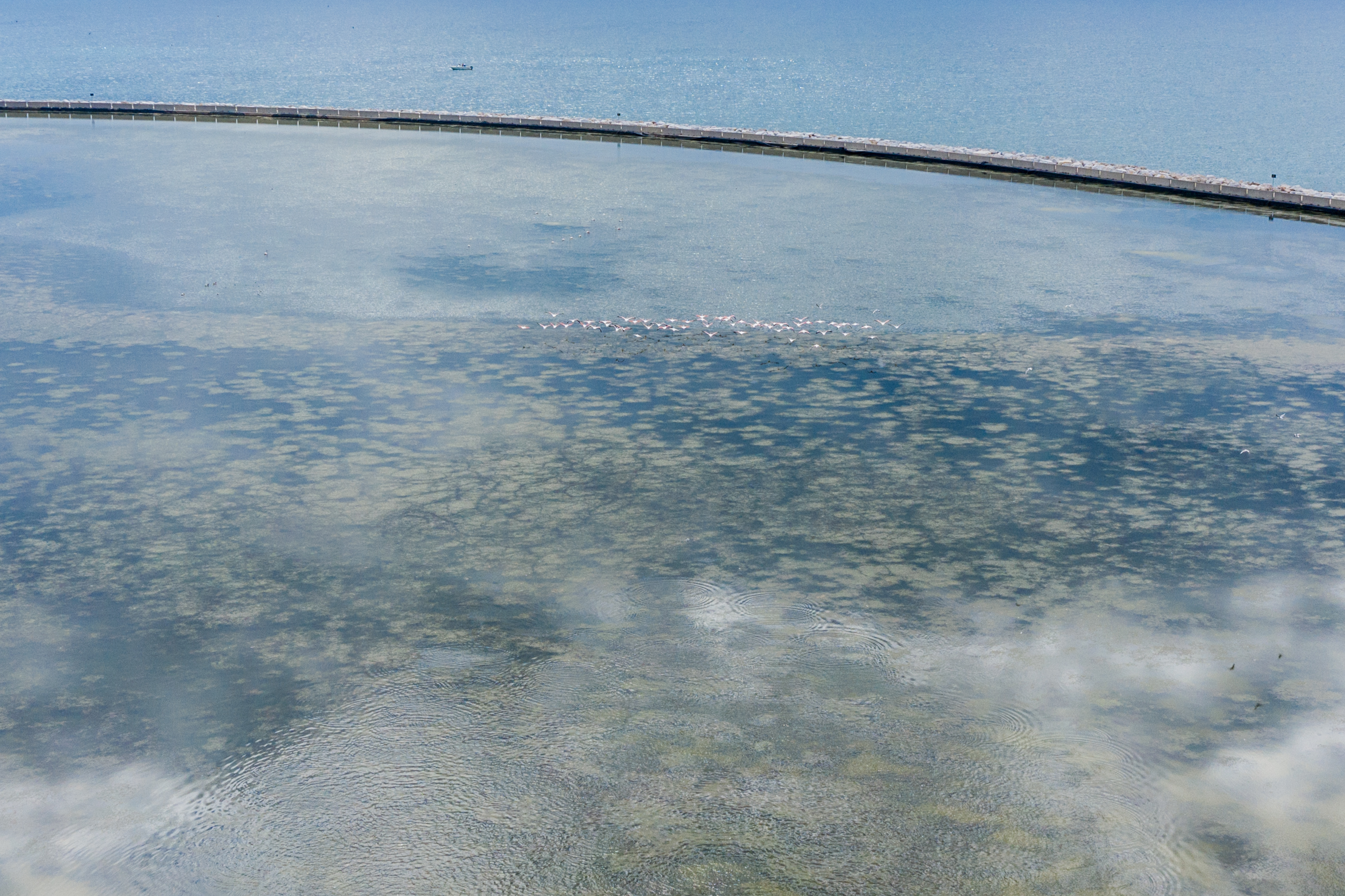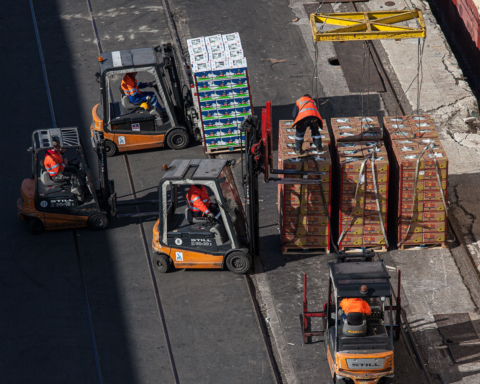According to the latest carbon footprint report presented this morning by President Luciano Guerrieri to the members of the Management Committee, in 2023, there were 261,000 tonnes of carbon dioxide emissions in the North Tyrrhenian Network ports: 230,000 of which from ships in transit or while berthing alongside the quay.
Developed by the Port Network Authority (PNA) as part of its updated Energy & Environmental Planning Document (first published in the summer of 2021), ultimately, the report aims to provide a complete picture of how energy is currently being used in the ports under its jurisdiction.
In particular, the data shows that Livorno’s emissions now account for 74% of the total, Piombino’s for 14.8% and Elba’s for 11.2%.
Shipping accounts for 88.1% of the emissions. Shore-based activities for 9.9%. The rest regards road and rail traffic.
In terms of traffic types, the passenger sector is responsible for 23.9%, the cargo sector for 69% and port services 6.4%.
The report shows that, in 2023, Livorno port emitted 193,000 tonnes of carbon dioxide, with vessel maneuvers or ships at berth accounting for over 65,000 tonnes and shore-based activities for 24,275.
Piombino emitted 38,000 tonnes of CO2: 36,135 from ships during maneuvers or at berth. The Elban ports of Portoferraio and Rio Marina produced 29.1 thousand tonnes of Co2: 28,000 of which from ships.
“The new carbon footprint study highlights the progress our ports have made over the last few years in reducing environmental pollution,” said the North Tyrrhenian PNA President, emphasizing that, compared to the 2021, there were – 7.6 % emissions overall, mainly due to merchant shipping producing 12 % less.
“Despite the fact that there is still a lot of work to be done to fully decarbonize the sector,” said Mr. Guerrieri, referring to the data on passenger sector CO2 emissions, which have risen by 8% compared to 2021, “we cannot fail to note how pollution in ports is progressively decreasing thanks to a combination of regulations and improved environmental initiatives.”
The president of Livorno’s PNA pointed out that the 2023 results are the direct consequence of various positive contributory factors. In the ro-ro traffic sector, for example, quayside berthing emissions were significantly less, due to liners being equipped with new battery technology (-20% CO2eq on total estimated Ro-Ro traffic and – 1.1% on total CO2eq ships). Likewise, the increasingly widespread use of electricity from renewable sources among the most energy-consuming port users; and the substantial growth in rail traffic in the port of Livorno, which reduces the amount of cargo being transported by road that is still substantially based on fossil fuels.
A number of environmental sustainability initiatives were launched in 2021 as part of the Energy & Environmental Planning Document which continued over the three years. First of all, setting up Onshore Power Supply facilities in the ports of Livorno, Piombino and Portoferraio. “All the facilities are at an advanced design stage and should be completed by 2026,’ Mr. Guerrieri said, pointing out it has been estimated that in the medium term they will reduce CO2 emissions by ships during their calls by 32% in Livorno, 25% in Piombino and 49% in Portoferraio.
Other projects set up by the Authority include relamping the public port lighting system in Livorno and Piombino. €673ooo has been allocated for it. It is estimated that it will mean 186.3 tonnes of CO2 less in Livorno and 150.7 tonnes less in Piombino.
The current energy efficiency project at Palazzo Rosciano, the Port Network Authority’s headquarters, is also expected to reduce CO2 emissions by 33.5 tonnes. The energy efficiency project at Piombino port’s passenger facility, consisting of photovoltaic roof panels, is expected to reduce emissions by 180.2 tonnes.
President Guerrieri also informed the Management Committee that the sensorization, monitoring and remote control of the lighthouse towers is underway. In terms of green energy, the North Tyrrhenian Port Network Authority plans to set up photovoltaic plants both in Collesalvetti, in an area it owns, and in Piombino (in the port car parks located in the Poggio Batteria area and also inside the port, on the Molo Batteria and Molo Nord piers).
“Our first Energy & Environmental Planning Document has led us to achieve important results in terms of energy efficiency and reducing CO2 emissions in ports,” concluded the PNA President.
“Over the last few years, we have invested over one hundred million euros in decarbonization. However, we are aware that we will have to go far beyond the measures we have already adopted if we are to achieve the ambitious environmental targets set by international bodies and institutions. It’s a complex route to follow, but we are confident that we will be able to navigate it in the best possible way by following the course set by our new Energy & Environmental Planning Document update.”
Translation by Giles Foster




